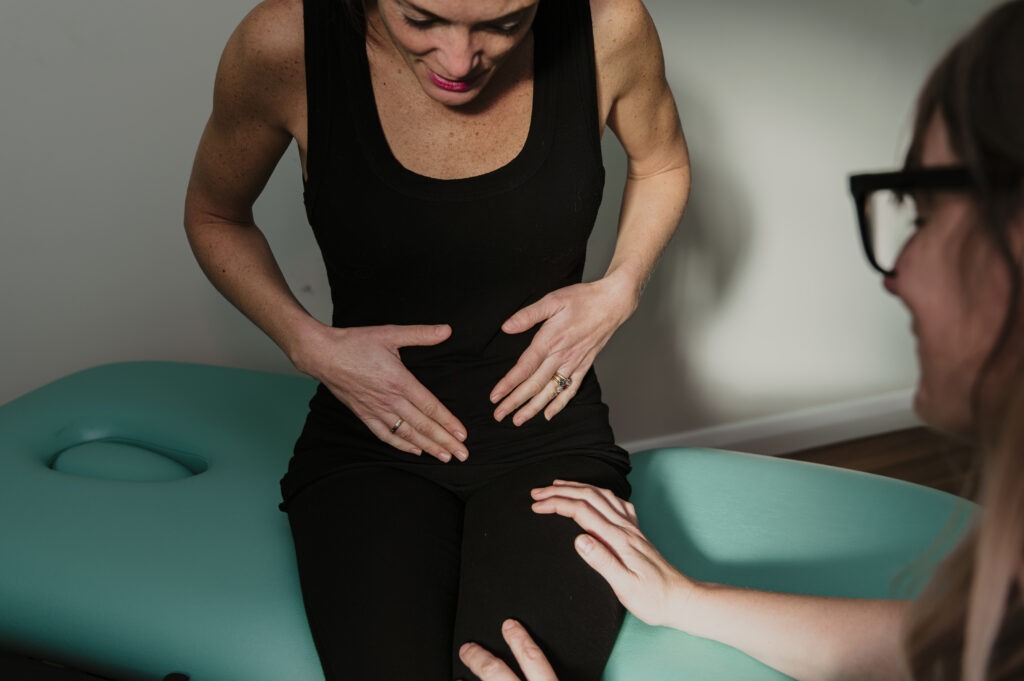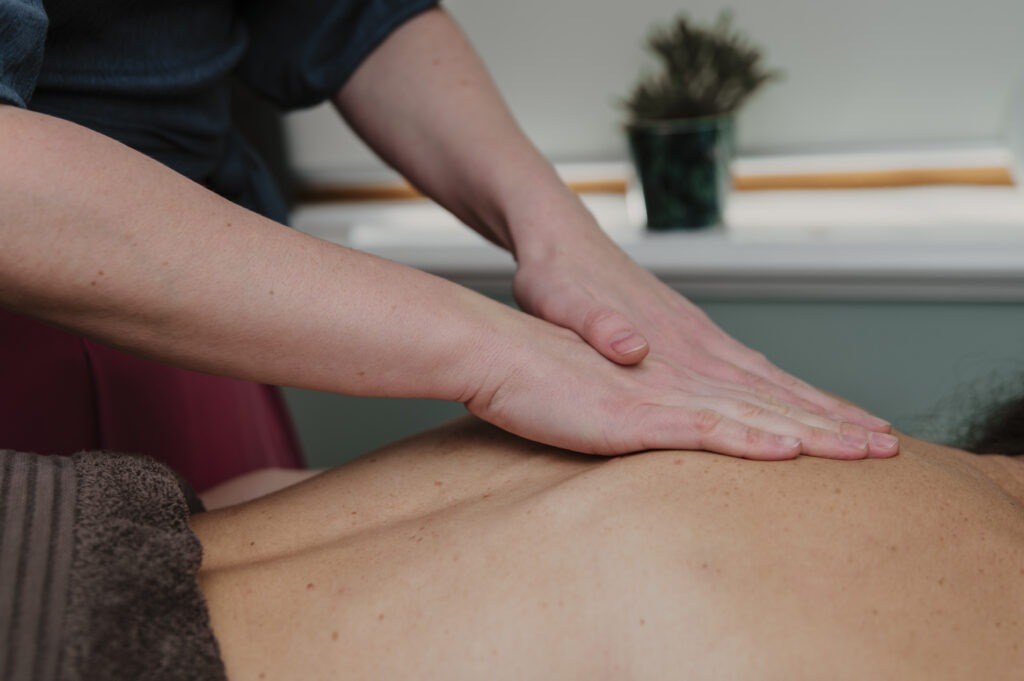
Swelling and bloating can throw a wrench into your day, leaving you feeling heavy and uncomfortable. The good news is that there are simple, effective steps you can take to ease these symptoms at home. Let’s dive into what causes swelling and bloating, how they’re different, and practical ways to manage them.
What’s the Difference Between Swelling and Bloating?
While they might feel similar, swelling and bloating stem from different causes:
- Swelling happens when excess fluid builds up in the tissues, often in the ankles, knees, or other joints. It’s common after injury, surgery, or standing for long periods.
- Bloating is a sensation of fullness or tightness in your abdomen. It’s often triggered by hormonal changes (like during your period or menopause) or digestive issues such as gas or water retention.
Understanding the root cause can help you choose the best approach to find relief.
Home Remedies for Reducing Swelling
If your ankles, knees, or other areas are feeling puffy, try these tips:
- Elevate the Area
Raise the swollen part of your body above your heart. This encourages fluid to drain away naturally. For example, prop your legs up on a pillow if your ankles are swollen. - Apply a Cold Compress
A cold pack or even a bag of frozen peas wrapped in a towel can reduce swelling by constricting blood vessels and calming inflammation. Apply it for 15–20 minutes at a time. - Stay Hydrated
It might seem counterintuitive, but drinking water helps flush out excess fluid and reduce swelling. Aim for 6–8 glasses a day.
Home Remedies for Reducing Bloating
If your stomach feels tight or heavy, these strategies can help:
- Try Gentle Exercise
Activities like walking or yoga can aid digestion and encourage trapped gas to move through your system. - Limit Trigger Foods
Common culprits for bloating include fizzy drinks, beans, and processed foods. Eating slowly and chewing thoroughly can also help reduce bloating. - Drink Herbal Teas
Peppermint or ginger tea can soothe your digestive system and reduce bloating. These natural remedies are great for tackling period or menopausal bloating, too.
When to Seek Extra Help
While these home remedies can be effective, sometimes swelling or bloating needs a bit more targeted care. This is where Manual Lymphatic Drainage (MLD) can make a big difference.

What is Manual Lymphatic Drainage (MLD)?
MLD is a gentle, hands-on massage technique that works with your body’s lymphatic system to reduce swelling and improve circulation. Think of it as a helping hand for your body’s natural detox process.
How MLD Helps Reduce Swelling and Bloating
- Speeds Up Recovery
Post-surgery swelling, such as after liposuction or a tummy tuck, can take time to settle. MLD helps reduce this swelling and smooth out any lumps or unevenness, getting you back on your feet faster. - Eases Hormonal Bloating
If your period or menopause causes bloating, MLD can gently stimulate your body to release the extra fluid. - Supports Healing from Injuries
Swollen joints like knees or ankles? MLD encourages fluid to drain from the affected area, reducing discomfort and stiffness.
Why Choose Thrive Physiotherapy?
At Thrive Physiotherapy, we specialise in helping women feel their best, whether you’re recovering from surgery, managing hormonal changes, or just dealing with everyday puffiness. Our tailored MLD sessions are designed to complement your body’s needs and give you the relief you’re looking for.
Ready to Feel Lighter and More Comfortable?
If you’re tired of dealing with swelling or bloating, start with these simple home remedies to see how much they can help. And if you’re looking for more personalised care, book a Manual Lymphatic Drainage session with Thrive Physiotherapy today.
Visit www.thrive-physiotherapy.co.uk/manual-lymphatic-drainage to learn more or book your appointment here!
Love what you’re reading? Sign up for Thrive’s newsletter here and get empowering pelvic health tips, inspiring success stories, and updates on our mission to make the world a leak-free zone! Don’t miss out—join the Thrive community today!